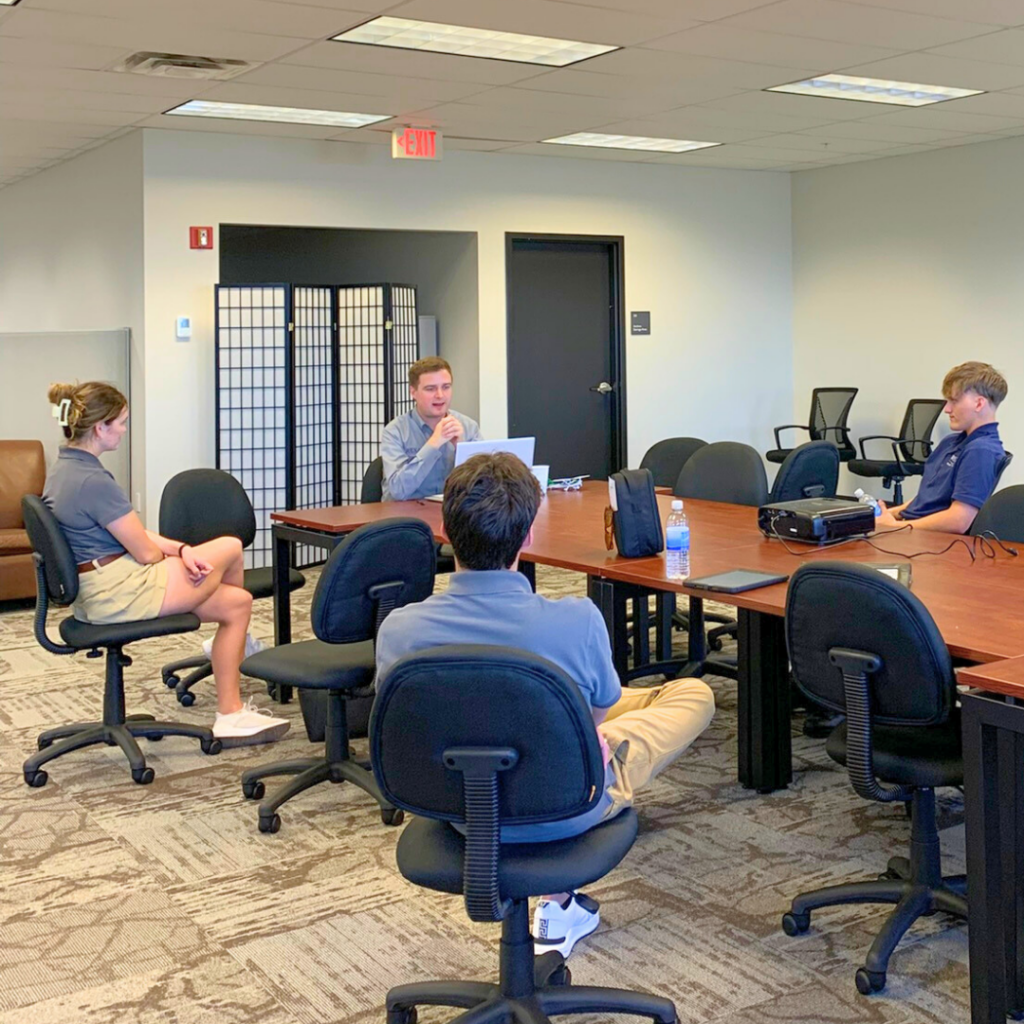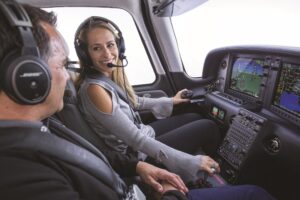The Real Timeline to Becoming an Airline Pilot

How long does it really take to become an airline pilot? Many aspiring pilots wonder about the length of time before landing an aviation career. Does it demand years of training, or can it be done in months?
Understanding the Different Flight Training Timelines
Researching flight training options can be confusing, as there is no standard for a reasonable timeline to get to the flight deck of an airliner. Different flight schools vary in training timelines, making you wonder what’s a realistic timeframe and what isn’t.
- Part-Time Flight Training
Flight schools have different timeframes because of their programs and areas of emphasis. Small flight schools cater mainly to a local market, with students often flying just once or twice a week. While part-time training provides convenience and flexibility in flight scheduling, this pace requires a longer period of training and extends the journey to a commercial pilot certificate to several years or even longer.
- The Accelerated Flight Training
For those who want a faster route, accelerated flight training at a pilot academy is the alternative. These specialized pilot academies help students get their pilot certifications and ratings quickly. Unlike local pilot schools, academies attract students from across the country and offer housing, providing full-time and more intensive training.
What to Expect in Accelerated Programs
While pilot academies offer programs of different lengths, it is common for students to obtain professional pilot certifications and ratings in less than a year. This pace is possible because students can focus fully on flight training—flying, studying, and attending ground sessions daily. They can also find ample support from academy instructors and classmates who accompany them throughout their training.
However, it is important to note that completing a training program in less than a year doesn’t result in immediate airline employment. You will need to undergo time building, a process of accumulating flight hours.
Defining Time Building and Its Importance
Airlines and major cargo operators in the United States require new pilots to have 1,500 flight hours. Since most pilot graduates have accumulated around 300 hours from their flight program, they will need approximately 1,200 more. These flight hours can be earned in various ways, ranging from flight instruction to other specialized aviation roles.
Many pilots build time by getting aviation jobs—typically flying a small airplane—for low-time pilots. These initial flying roles include flight instruction, oil pipeline patrol, and banner towing, among others. Once these hours are accumulated, the next stop is the airlines.
Just as flight training timelines differ greatly, so does the time-building process. Reaching the 1,500 flight hours can take as little as a year or much longer, depending entirely on how often a pilot is able to fly.
Putting It All Together: How to Get to the Airlines Quickly
By now, it’s apparent that there is no standard timeline for becoming an airline pilot. The length of time it takes depends on the speed of your flight training to earn a commercial pilot certificate and the pace at which you build. The good news? You have complete control over this process. With that, let’s discuss a strategy to become an airline pilot in the minimum amount of time.
- Research the Best Flight Academy
The most important step you can take to get to the airlines fast is to find a flight school with a strong accelerated training program. In this phase, research is vital. When looking for a flight school, start with areas where the climate is ideal for year-round flying, like Florida, to avoid training disruptions. At the same time, the number of aircraft and the instructor-to-student ratio should be inquired about. Find a program where you will get priority treatment and attention, as this will allow you to progress quickly toward your aviation goals.
- Focus on Instructor Pipeline
Another important factor in choosing an accelerated program is the school’s history of hiring its graduates as flight instructors. Selecting such an academy can save valuable time, as it gives you the opportunity to work and build flight hours. Again, schools in favorable flying climates are best, allowing you to accumulate time faster by flying consistently as an instructor.
Choosing the Right Path to Your Aviation Career
If you have long dreamed of becoming an airline pilot and want to minimize the amount of time to get there, find a flight school with top-notch accelerated training and a proven history of dedicated attention to career-minded students. Remember, the best schools are those in good-weathered regions and offer instructor positions to pilot graduates, providing a pathway to building the hours you need to get to the airline flight deck.

